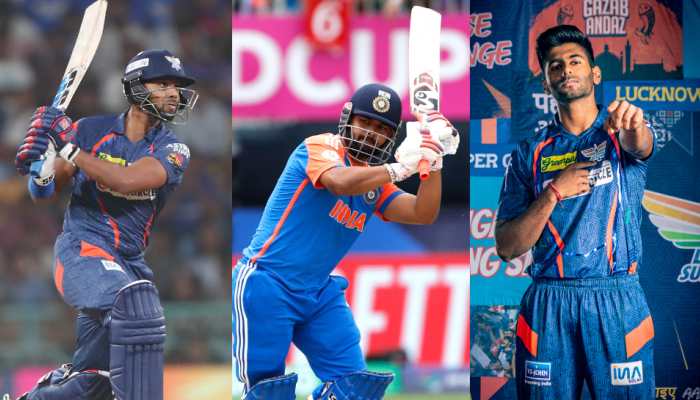Rare crash of two mismatched black holes detected for the first time ever
In a major discovery, scientists have succeeded in detecting rare crash of two mismatched black holes for the first time ever. On April 12, 2019, a signal of space-time ripples was picked up by gravitational wave detectors. These ripples were caused by colliding black holes. The scientists then studied the detection closely and found that the detection did not match the signals seen by them so far.
Trending Photos
)
In a major discovery, scientists have succeeded in detecting rare crash of two mismatched black holes for the first time ever. On April 12, 2019, a signal of space-time ripples was picked up by gravitational wave detectors. These ripples were caused by colliding black holes. The scientists then studied the detection closely and found that the detection did not match the signals seen by them so far.
The scientists found that instead of two evenly matched black holes, the new detection was triggered by a lopsided merger in which one black hole was much bigger than the other. The discovery was made public by scientists affiliated with the Laser Interferometer Gravitational-wave Observatory (LIGO) on April 18 at an online meeting of the American Physical Society.
"It's an unlikely observation," Maya Fishbach, a doctoral candidate at the University of Chicago who presented the new discovery, said during her talk. "It's an exceptional event because we just wouldn't have expected it based on those first 10 binary black holes."
A total of 10 mergers were studied by the scientists during first two observing runs of LIGO conducted between 2015 and 2017. The scientists were suprised to see that each time, no matter how big the collision, the size of the two black holes involved was the same.
“We had detected several binary black hole mergers before, but never one where the bigger black hole is nearly four times more massive than its companion," Frank Ohme, a LIGO scientist at the Max Planck Institute for Gravitational Physics in Germany, said in a statement. "It’s clear we are just beginning to understand the diversity of black hole binaries out there, and I am excited to decipher the universe's secrets every day a little more."
Fishbach added that the discovery involved objects about 2.4 billion light-years away and one black hole was about eight times the mass of our sun and the other about 30 times the mass of our sun.
"This is roughly equal to the ratio of filling in a regular Oreo to [that] in a Mega Stuf Oreo," Christopher Berry, a gravitational-wave scientist at Northwestern University, wrote in a blog post about the detection.
The detection helps the scientists in knowing more about the pairing of black holes. "We are learning that systems of this kind exist and how rare they are," Giancarlo Cella, researcher at Istituto Nazionale di Fisica Nucleare in Italy and the data analysis coordinator for LIGO's European counterpart Virgo, said in a statement. "This will allow us to deduce how they formed."
Stay informed on all the latest news, real-time breaking news updates, and follow all the important headlines in india news and world News on Zee News.
Live Tv







)
)
)
)
)
)
)
)
)
)
